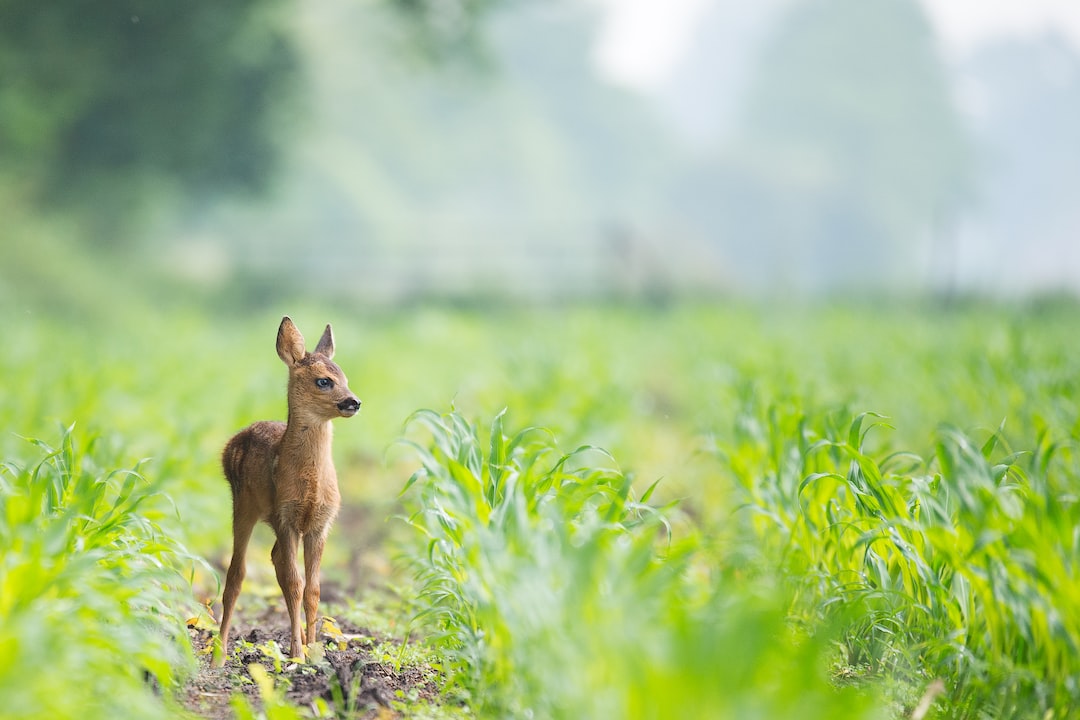The Best and Worst Countries for Animal Welfare: Comparing Global Efforts
Animal welfare has become an increasingly important issue worldwide. As societies become more enlightened about the treatment of animals, efforts to improve their well-being have gained momentum. However, not all countries are equally committed to animal welfare, with some nations leading the way, while others lag behind. In this blog post, we will compare global efforts towards animal welfare, highlighting the best and worst countries in terms of their treatment of animals.
Before delving into the comparison, it is essential to understand the parameters used to assess animal welfare. The World Animal Protection Index (WAPI) provides a comprehensive framework for evaluating countries based on their animal welfare legislation, enforcement, and overall commitment. This index serves as an invaluable tool to gauge countries’ efforts in this domain.
Let us begin by examining some of the best countries for animal welfare:
1. United Kingdom:
The United Kingdom is renowned for its progressive animal welfare legislation. The Animal Welfare Act of 2006 is considered one of the most comprehensive and robust animal protection laws globally. The country has strict regulations against animal cruelty and places a strong emphasis on responsible pet ownership. Additionally, the UK has made significant progress in phasing out animal testing for cosmetics.
2. New Zealand:
New Zealand is often hailed as a leader in animal welfare. The country’s Animal Welfare Act 1999 mandates the five animal freedoms, including freedom from hunger, discomfort, and distress. New Zealand also actively works to minimize animal testing and has banned the use of animals in cosmetics testing. The government’s commitment to improving animal welfare is evident through its initiatives and ongoing efforts.
3. Austria:
Austria is lauded for its proactive approach towards animal welfare. With a comprehensive legal framework that includes strict regulations relating to animals in agriculture, scientific research, and entertainment, Austria ranks high on the WAPI. The country has extensive regulations on animal transport and strives to protect animal rights across various sectors.
4. Sweden:
Sweden consistently ranks among the top countries for animal welfare. The Animal Welfare Act in Sweden offers strong legal protection to animals, emphasizing the prevention of cruelty and the promotion of responsible ownership. Additionally, Sweden has taken remarkable steps to prohibit the use of wild animals in circuses and to reduce animal testing.
Now, let us turn our attention to some of the worst countries for animal welfare:
1. China:
China faces significant challenges in improving animal welfare. While the country has animal protection laws in place, enforcement remains a concern. Issues such as the trade in endangered species, cruel practices in the fur industry, and live animal markets have raised global outrage. Animal welfare organizations have been working relentlessly to advocate for change, but more progress is needed.
2. Russia:
Russia, too, struggles with animal welfare issues, particularly in relation to domestic pets and wildlife conservation. Animal rights laws in the country vary across regions, with enforcement inconsistent. Cruelty towards animals, such as the use of captive bears for entertainment, remains prevalent. However, there is growing awareness and public pressure for improved conditions for animals in Russia.
3. Vietnam:
Vietnam faces significant challenges in addressing animal welfare concerns. The country notably struggles with the illegal wildlife trade, which threatens many endangered species. Additionally, the lack of a comprehensive legal framework hampers efforts to protect animals. Despite these challenges, animal welfare organizations are working tirelessly to advocate for better legislation and raise awareness.
4. Saudi Arabia:
Saudi Arabia has lagged behind in terms of animal welfare, particularly concerning stray animals and live animal markets. Cruel practices, such as the use of animals in fighting sports and sacrificing animals during religious festivals, have garnered criticism. However, there is growing recognition of the importance of animal welfare in the country, leading to some efforts to improve conditions.
It is crucial to recognize that the assessment of the best and worst countries for animal welfare is continuously evolving. Many countries are making efforts to improve the well-being of animals, and the data used in this analysis may change over time. Nonetheless, it is essential to highlight both the successes and the areas that need improvement to encourage ongoing progress in global animal welfare.
In conclusion, global efforts towards animal welfare vary significantly across countries. While several nations have made commendable strides in this domain, others still have a long way to go. By recognizing the best and worst countries for animal welfare and continuously advocating for improved conditions, we can collectively work towards a more compassionate world for animals.
